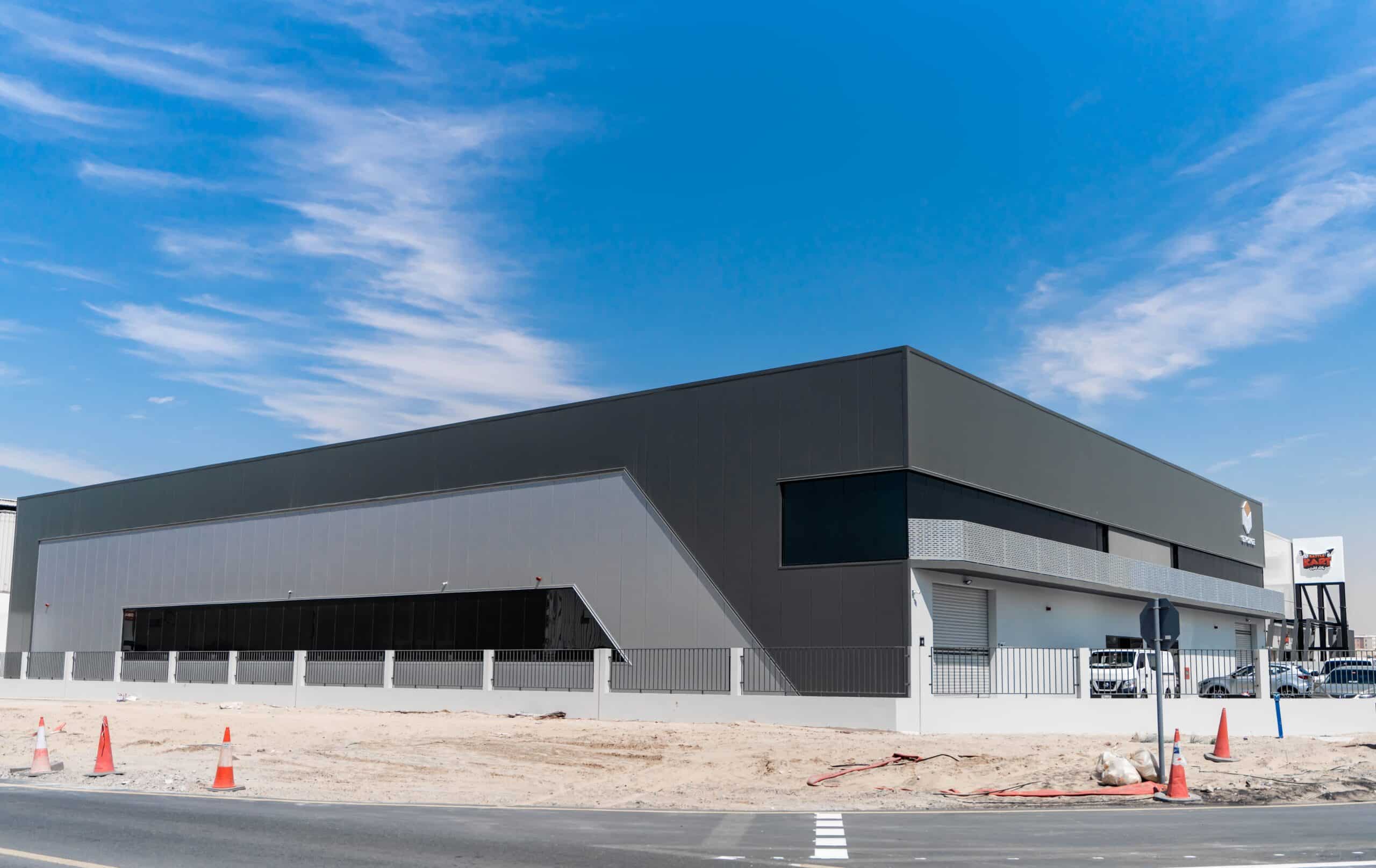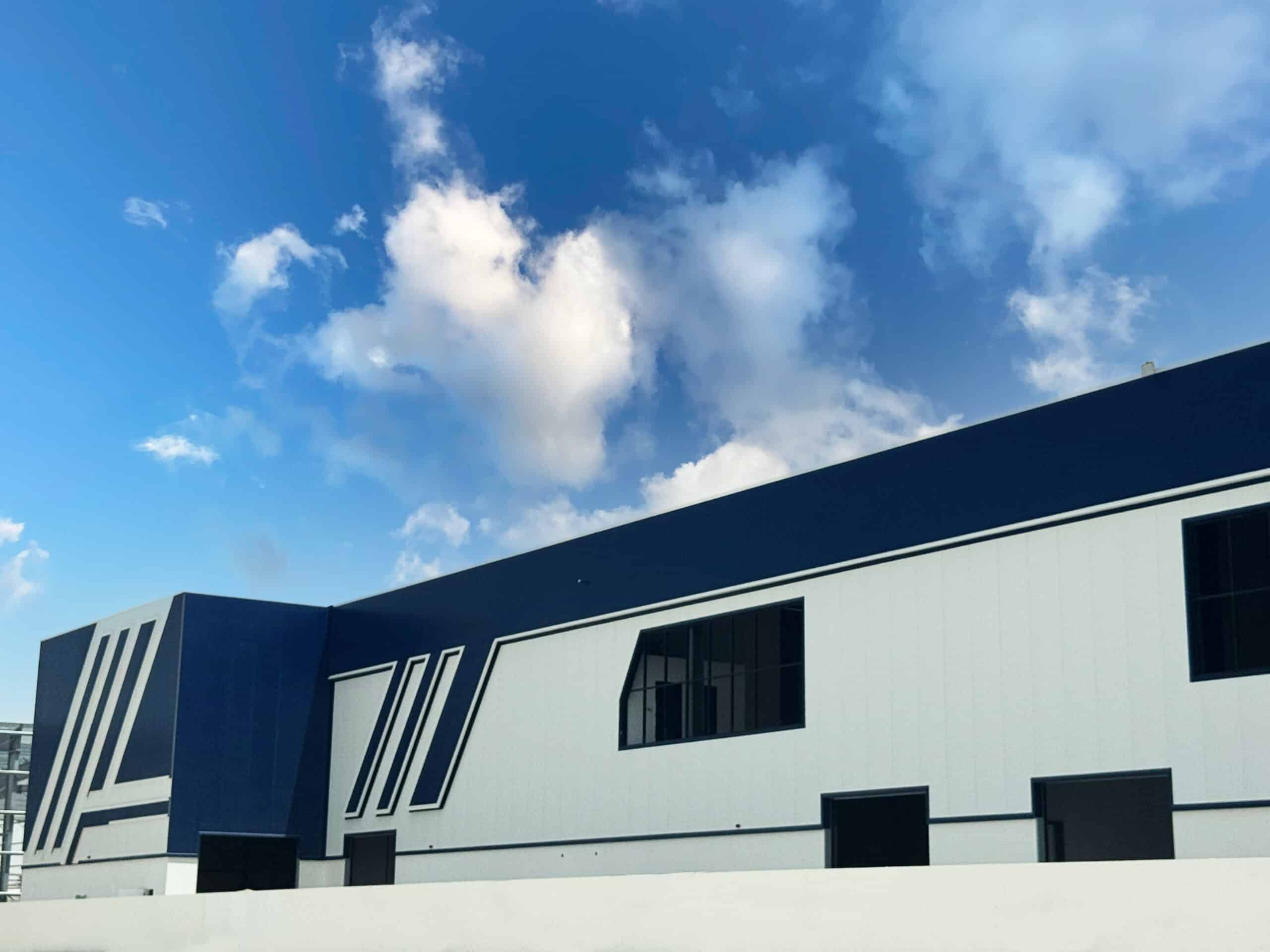Introduction
The UAE is leading the way in sustainable construction techniques, with ambitious goals to reduce environmental impact while maintaining rapid urban growth. As construction waste accounts for nearly 30% of all materials delivered to job sites, according to a study by Mohamed Osmani in Waste (2011), the need for eco-friendly building methods has never been more pressing. With initiatives like the UAE Energy Strategy 2050, which aims to generate 50% of the nation’s energy from clean sources, and the Dubai Clean Energy Strategy 2050, targeting 75% renewable energy use, the country is setting a global example in green building. This article explores how sustainability and construction go hand in hand, highlighting sustainable building construction methods, eco-friendly materials, waste management strategies, and the UAE’s commitment to smart, sustainable cities.
The Importance of Sustainability in Construction
The UAE is at the forefront of global sustainability efforts, implementing innovative policies and construction techniques that align with environmental and economic goals. Sustainable construction techniques are now a core part of the country’s infrastructure development, driven by government initiatives and a commitment to reducing carbon emissions.
As the nation continues to expand its urban environments, integrating sustainability and construction principles has become essential. From green building materials to advanced waste management strategies, the UAE is ensuring that its growth is both environmentally responsible and future-proof.
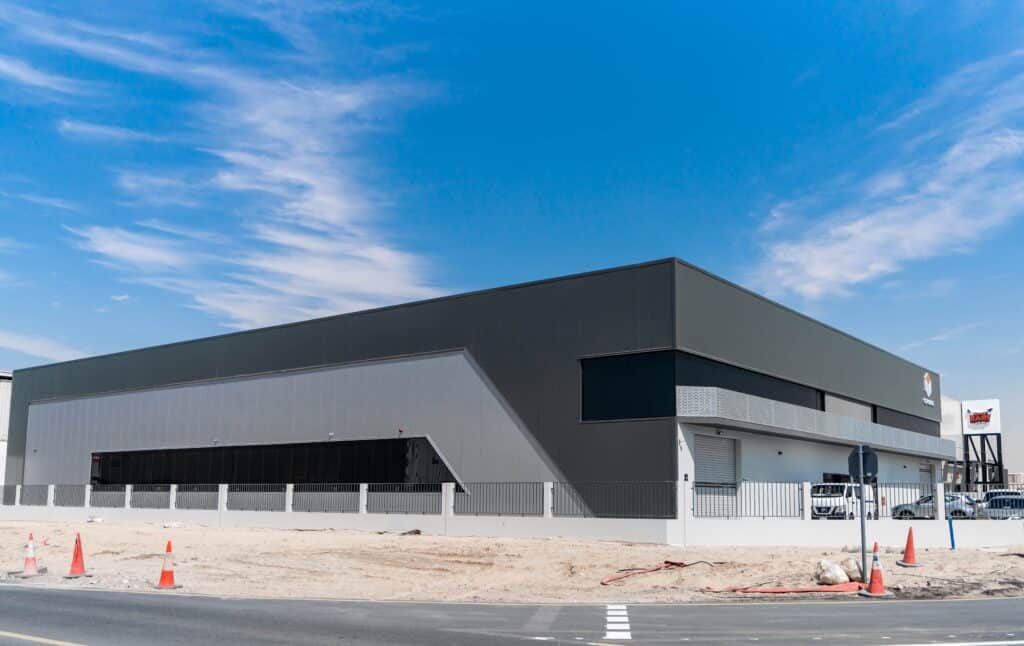
Sustainable Construction Techniques and Their Impact
Energy-Efficient Building Practices
Energy efficiency is a key component of sustainable building construction methods in the UAE. With ambitious targets, such as the UAE Energy Strategy 2050 aiming to generate 50% of the nation’s energy from clean sources, new construction projects are increasingly designed to minimize energy consumption.
Modern projects incorporate:
- Passive design strategies that optimize natural light and ventilation
- Smart HVAC systems to reduce cooling loads
- Energy-efficient lighting such as LED technology
- Green roofs and reflective materials to combat the urban heat island effect
These energy-conscious strategies not only reduce emissions but also lower long-term operational costs for buildings.
Water Conservation in Construction
Water scarcity is a significant concern in the UAE, making water conservation a priority in sustainable construction techniques. Sustainable projects focus on:
- Greywater recycling systems to reuse water for irrigation
- Low-flow plumbing fixtures to reduce consumption
- Efficient irrigation systems such as drip irrigation in landscaping
- Water-efficient concrete mixing methods that use alternative solutions to reduce water dependency
By integrating these methods, construction projects can significantly lower their water footprint while maintaining efficiency.
Sustainable Construction Techniques and Waste Management
One of the biggest challenges in construction is waste generation. Studies show that up to 30% of materials delivered to a construction site can go to waste, making sustainable construction techniques waste management essential.
To combat this, the UAE has implemented:
- Construction waste recycling programs that repurpose materials like concrete and steel
- Just-in-Time (JIT) manufacturing to prevent over-ordering and reduce excess materials
- Prefabrication and modular construction methods that minimize on-site waste
- Strict landfill diversion policies that encourage reusing materials whenever possible
Dubai’s Green Building Regulations and Ras Al Khaimah’s Barjeel standards emphasize waste reduction strategies, ensuring that construction remains both sustainable and efficient.
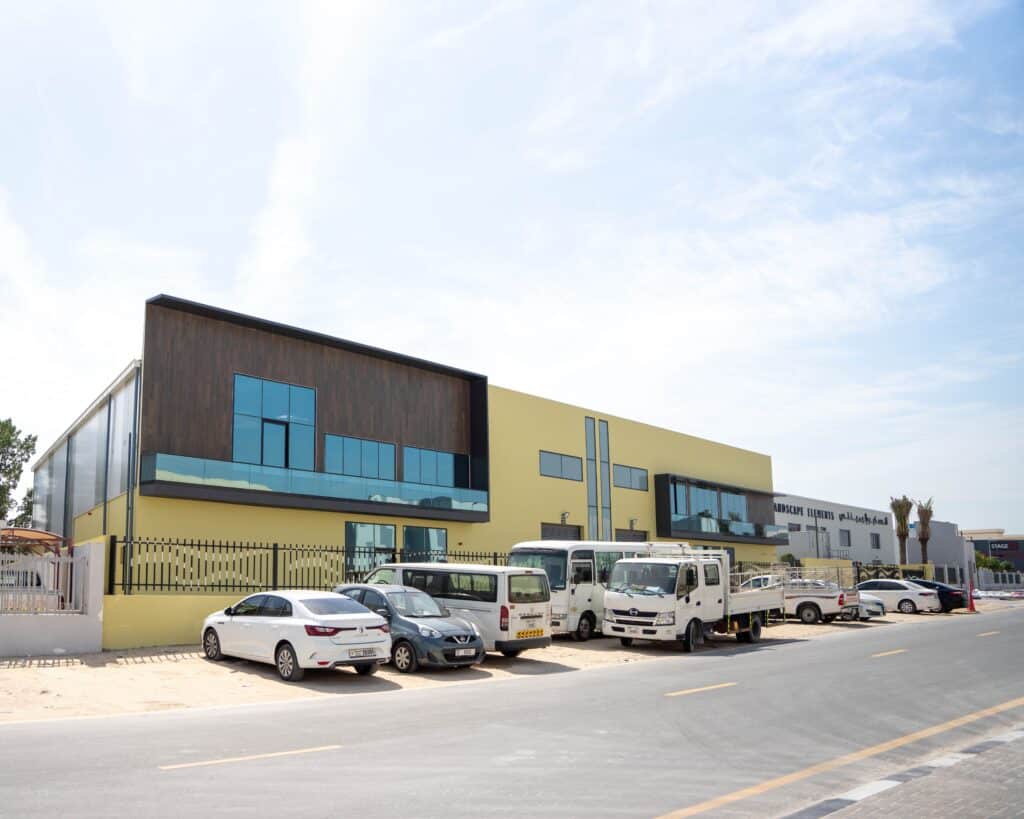
Developing a Sustainable City Model
Key Features of a Sustainable City
A sustainable city model integrates environmental, economic, and social sustainability into urban planning. The UAE is implementing smart city initiatives to ensure that its urban developments are environmentally responsible.
Read our guide: Smart Construction Technology – Breakdown
Sustainable Initiatives in Dubai and Abu Dhabi
Dubai Plan 2021 and Abu Dhabi Vision 2030 have set the blueprint for sustainable urban growth. Both cities have invested in renewable energy, green transportation, and smart infrastructure to support sustainability.
Key efforts include:
- The Dubai Clean Energy Strategy 2050, aiming for 75% renewable energy use by 2050
- Abu Dhabi’s Estidama Pearl Rating System, a mandatory green building standard
- Smart grid technology to optimize electricity consumption across cities
Challenges and Opportunities in Implementing Sustainable Cities
While the UAE has made significant progress, challenges remain. Implementing green technologies at scale requires investment, regulation enforcement, and public-private collaboration. However, ongoing advancements in materials and technology are making sustainability more achievable than ever.
Read our guide: What is a smart city?
Sustainable Construction Materials and Their Role in Development
Eco-Friendly Building Materials
The use of sustainable construction materials is a crucial aspect of green building in the UAE. Some of the most effective materials include:
- Recycled steel – A highly durable and endlessly recyclable material
- Bamboo – A rapidly renewable resource used for both structural and aesthetic purposes
- Hempcrete – A bio-composite material offering insulation and low-carbon benefits
- Reclaimed wood – Reduces deforestation while adding character to construction
The Role of the Estidama Pearl Rating System
Estidama, meaning “sustainability” in Arabic, is Abu Dhabi’s framework for green buildings. The Pearl Rating System mandates the use of environmentally friendly materials, ensuring resource efficiency in all new developments.
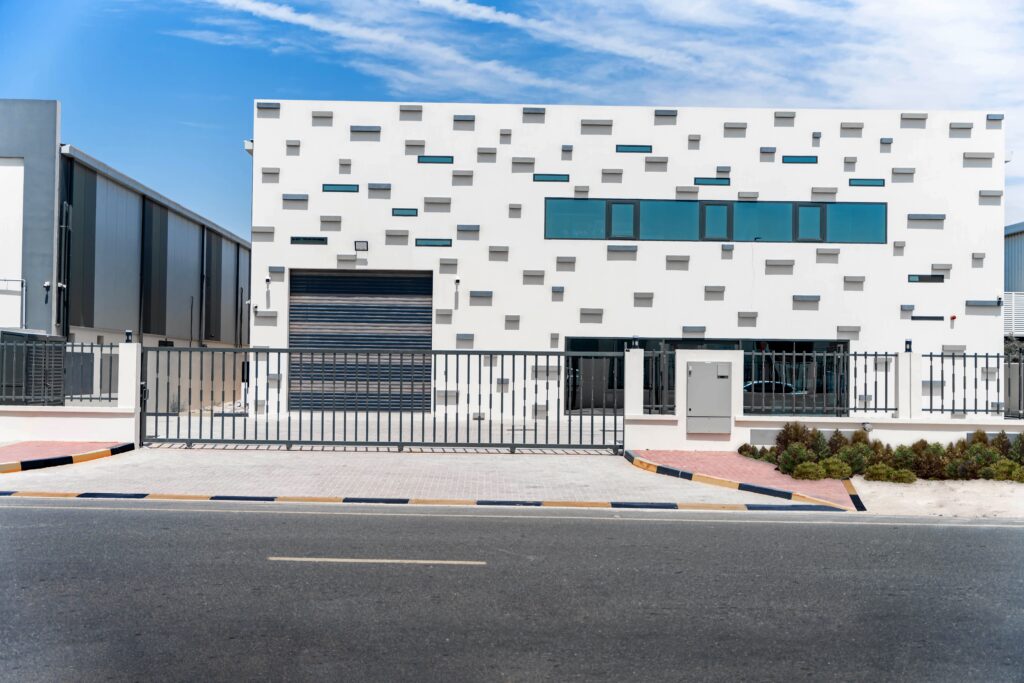
UAE Sustainability Initiatives Driving Change
The UAE government has launched several UAE sustainability initiatives to promote eco-friendly construction and urban planning. These initiatives include:
- UAE Vision 2021 – A strategic plan to position the UAE as a global leader in sustainability
- Green Economy for Sustainable Development – Encourages investment in clean technology and renewable energy
- Ras Al Khaimah Energy Efficiency and Renewable Energy Strategy 2040 – Focuses on reducing energy and water consumption while increasing renewable energy usage
By adhering to these frameworks, the UAE continues to lead the way in sustainable urban development.
Conclusion
Sustainable construction techniques are reshaping the UAE’s built environment, ensuring long-term economic, environmental, and social benefits. Through energy-efficient practices, waste reduction strategies, innovative materials, and smart city models, the UAE is demonstrating how large-scale urban development can align with sustainability goals.
With ambitious initiatives such as the UAE Energy Strategy 2050 and Dubai Clean Energy Strategy 2050, the nation is well-positioned to achieve its vision of becoming a global sustainability leader. By implementing these practices, construction firms can contribute to a greener, more efficient future, ensuring that the UAE remains at the forefront of sustainable development.
